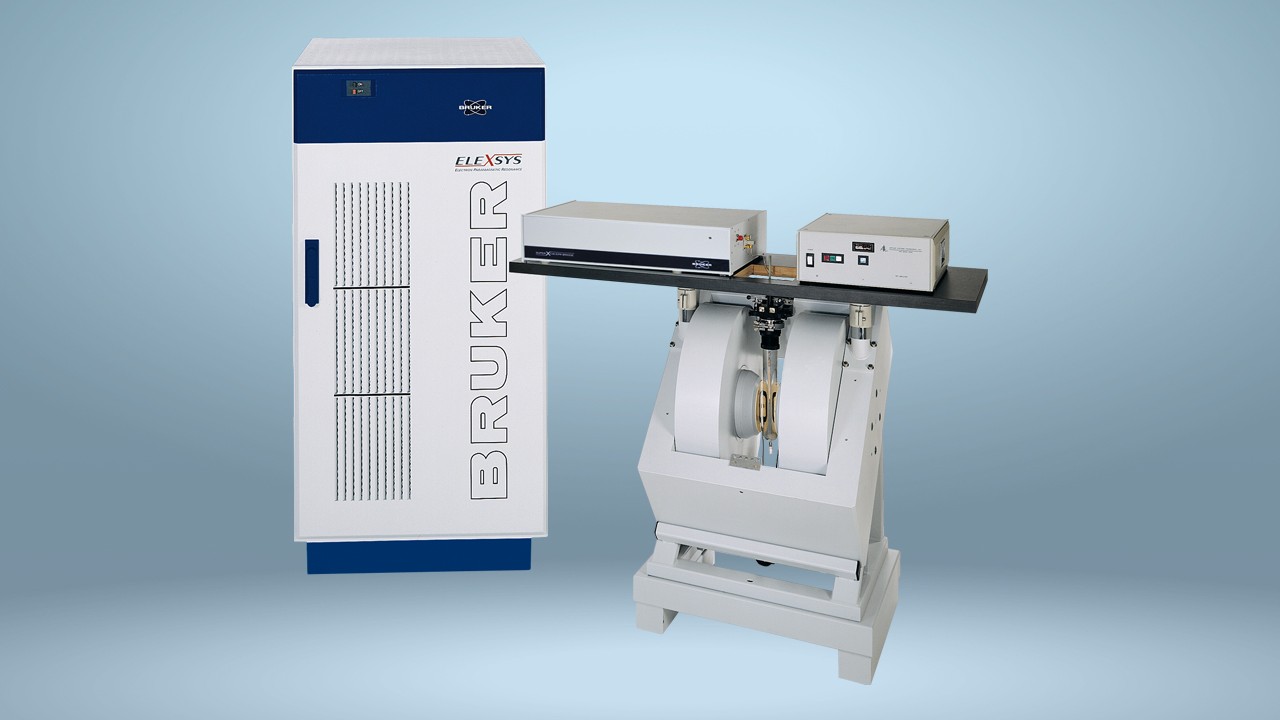

Chelating Agent Allows Regulation of Iron-Based Cancer Treatment to Reduce Toxicity
“DFO enables the use of higher Fe(Salen) doses to treat progressive states of cancer, and it also appears to decrease the acute side effects of Fe(Salen)”
Heavy Metal in the Treatment of Cancer
Although many heavy metals perform crucial biological functions, excess metal ions result in cell malfunction and ultimately toxicity. Heavy metal toxicity is particularly troublesome since they are able to evade the body’s usual protective strategies such as sequestration, and encapsulation.
Despite typically being highly toxic, heavy metals are valuable therapeutic agents. They have been used in medicine for hundreds of years in the treatment of various disorders, including microbial infections, ulcers, arthritis and cancer1.
Compounds containing heavy metals, such as arsenic, antimony, gold, vanadium, platinum and iron, are particularly prevalent among cancer chemotherapy agents. Such treatments provide the desired anti-tumor efficacy, but their use is often limited by toxicity, such as hepatotoxicity, nephrotoxicity or myelotoxicity2,3.
In an attempt to reduce toxicity and allow the maximum therapeutic benefit to be achieved, chelating agents are commonly given to patients receiving treatments containing heavy metals to mop up excess circulating metal ions and reduce side effects from metallic poisoning.
The compound μ-oxo-N,N’-bis(salicylidene)ethylenediamine iron, known as Fe(Salen) has recently been identified as a potential anti-cancer treatment4. Its anti-tumor activity has been demonstrated, but before it can be used to full effect in clinical practice a suitable chelating agent to neutralise excess Fe(Salen) is needed5,6. Excess iron-salen has been found to induce liver and renal dysfunction in mice.
Iron-salen is also intrinsically magnetic which allows it to be directed and manipulated using magnetic fields. A permanent magnet can be used to target drug delivery, whereas application of an alternating magnetic field will cause heat to be produced, providing targeted hyperthermic therapy to specifically destroy cancer cells in situ4,5. It could therefore provide a potent addition to the anticancer armoury if its toxicity can be managed.
The gold standard treatment for controlling excess iron is deferoxamine mesylate (DFO). It is an iron-chelating agent with a very high affinity for iron. The resultant DFO-iron complexes are metabolically inactive, do not produce free radicals and are readily cleared from the body via the kidneys8. DFO has been widely used with great success in a range of indications associated with excess circulating iron ions and it is generally considered to be efficacious and safe9,10.
DFO has thus been investigated as a potential chelating agent for minimizing the toxicity of Fe(Salen)11. A recent pre-clinical study has shown that DFO effectively binds free iron in Fe(Salen), allowing greater amounts of Fe(Salen) to be used without side effects, whereby increasing its efficacy.
In addition, DFO was found to decrease the magnetism and anti-cancer activity of Fe(Salen). This means that as well as providing an antidote for reducing toxicity resulting from treatment with Fe(Salen), DSO can be used to control the extent of its effects11. Such modulation of Fe(Salen) by adjusting DFO concentration will allow its cancer-destroying actions to be constrained, minimizing damage to healthy tissues.
Iron-salen magnetism was evaluated using a Bruker EMX-8/2.7 ESR spectrometer. The chemical chelating reaction between iron-salen and DFO were performed using UV‑Vis spectroscopy.
Cytotoxicity and free radical generation after intravenous administration of Fe(Salen) to mice were significantly reduced by subsequent administration of DFO11. Acute liver and renal dysfunction after therapeutic doses of Fe(Salen) were reduced by DFO and the survival rate after a fatal dose of Fe(Salen) was improved by administration of DFO.
It thus appears that DFO could provide a potential antidote for Fe(Salen)-based cancer treatments, and facilitate the provision of minimally invasive cancer chemotherapy.
References
- Jaishankar M, Tseten T, Anbalagan N, Mathew BB, Beeregowda KN. Toxicity, mechanism and health effects of some heavy metals. Interdisciplinary Toxicology. 2014;7(2):60-72. doi:10.2478/intox-2014-0009.
- Kopf-Maier P: Complexes of metals other than platinum as antitumour agents. Eur J Clin Pharmacol 1994;47:1-16.
- Pelicano H, et al. Inhibition of mitochondrial respiration: A novel strategy to enhance drug-induced apoptosis in human leukemia cells by an ROS-mediated mechanism. J Biol Chem 2003;278:37832‑37839.
- Eguchi H, et al. A magnetic anti-cancer compound for magnet-guided delivery and magnetic resonance imaging. Sci Rep. 2015;5:9194.
- Sato I, et al. Simultaneous hyperthermia chemotherapy with controlled drug delivery using single-drug nanoparticles. Sci Rep. 2016;6:24629.
- Ohtake M, et al. Hyperthermia and chemotherapy using Fe(Salen) nanoparticles might impact glioblastoma treatment. Sci Rep. 2017;7:42783.
- Richardson DR: Potential of iron chelators as effective antiproliferative agents. Can J Physiol Pharmacol 1997;75: 1164‑1180.
- Gülen F, et al. Successful desensitization of a case with desferrioxamine hypersensitivity. Minerva Pediatr. 2006;58:571574.
- Olivieri NF, Brittenham GM. Iron-chelating therapy and the treatment of thalassemia. Blood. 1997;89:739‑761.
- Joan LB, Frank MT, Suzy VT. The role of iron chelation in cancer therapy. Curr Med Chem. 2003;10:1021‑1034.
- Umemura M, et al. The iron chelating agent, deferoxamine detoxifies Fe(Salen)-induced cytotoxicity. Journal of Pharmacological Sciences 2017;134:203-210.


